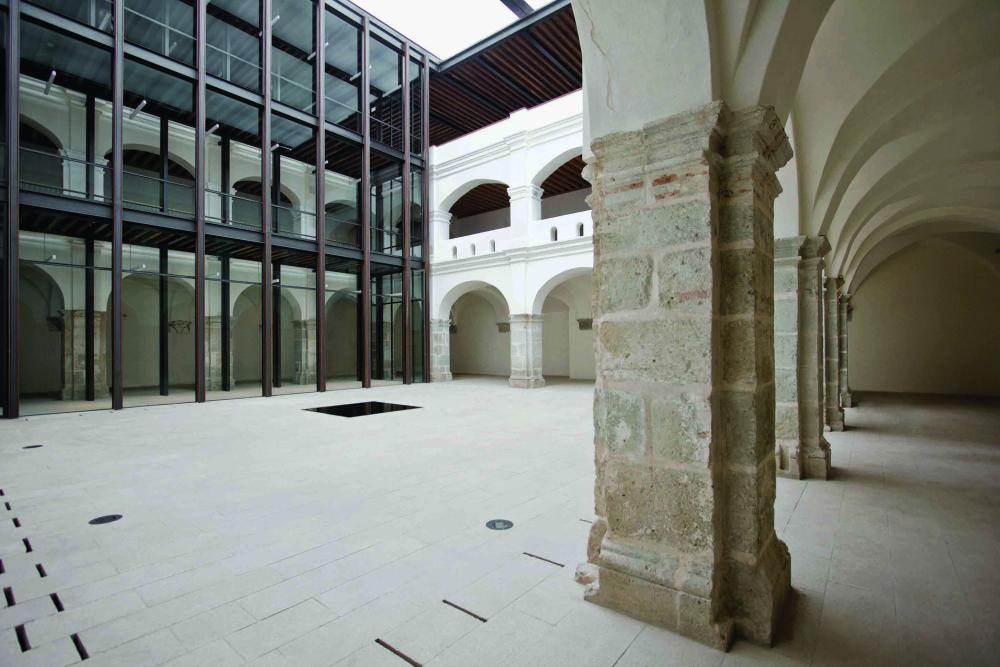Mauricio Rocha | Taller Mauricio Rocha | Process

Mauricio Rocha studied architecture at the Max Cetto Workshop of the Architecture Faculty, UNAM, and founded Taller Mauricio Rocha in 1991. Throughout thirty years of professional practice, he has developed public and private projects, as well as museum work, temporal architecture, art, and ephemeral interventions. Mauricio works with the aim to develop contemporary architecture that is sensitive to its context and to the environment, combining local materials with technology available. The dignity and quality of spaces is constant in all of the firm’s projects, always looking for the perfect balance of budget, context, typology, and, of course, the user.
Mauricio has received major awards, individually and with the firm, such as the Gold Medal at the eighth Biennale of Mexican Architecture in 2004 and the eleventh Biennale in 2010, and recognition at the Pan-American and the Latin American Architecture Biennale. In 2013 the Faculty of Architecture of the UNAM awarded him the Federico Mariscal Chair, their highest recognition for professional practice. He received the Emerging Voices recognition granted by the Architectural League of New York to eight American architectural firms. In 2019, the Academy of Architecture of France awarded the firm a Médaille d´Or Palmarés. In 2020, he won the Brick Award for excellent brick architecture and its architects. More recently, in 2021, Mauricio was invited as curator in the Mexican Pavilion of the Venice Architecture Biennale. His projects have been part of numerous exhibitions and architectural biennales both national and international; some of his projects are part of the collection of the Centre Pompidou in Paris, France.
Among the firm’s most representative projects is: School of Plastic Arts and San Pablo Academic and Cultural Center in Oaxaca, San Pablo Market and public buildings in Milpa Alta, Center for the Blind and Visually Impaired in Iztapalapa, Library for the Blind and Visually Impaired in Ciudadela, Criminal Courts for Oral Trials in Pátzcuaro-Michoacán, the Dean’s Building School of Commercial Banking and Cuatro Caminos Photo Museum and the extension to the Museo Anahuacalli in Mexico City, and the Community Development Center Los Chocolates in Morelos. In 2016, they worked for the exhibition The Great Animal Orchestra at the Cartier Foundation in Paris and the Pavilion for Hermès at the furniture fair in Milan.
This lecture is supported by the Herbert M. Greene Centennial Lectureship in Architecture.

